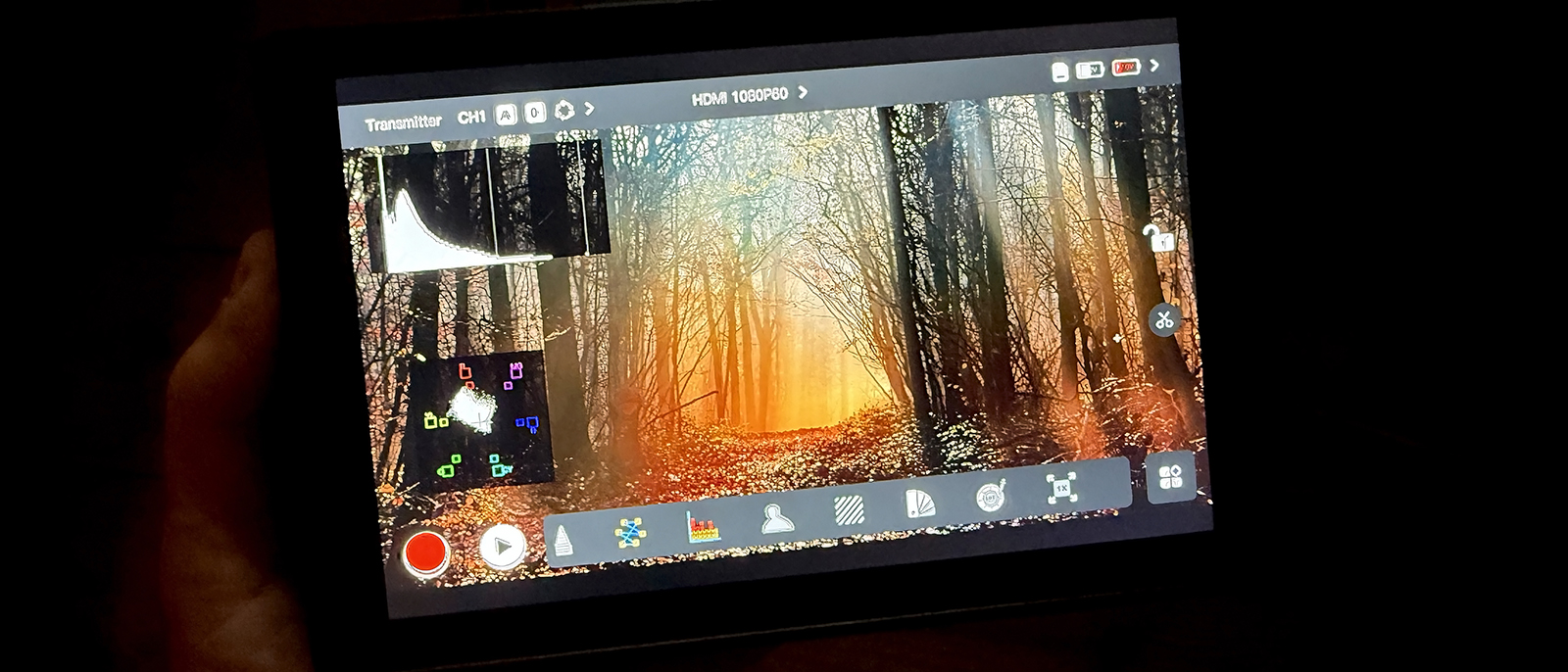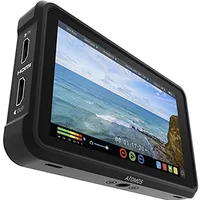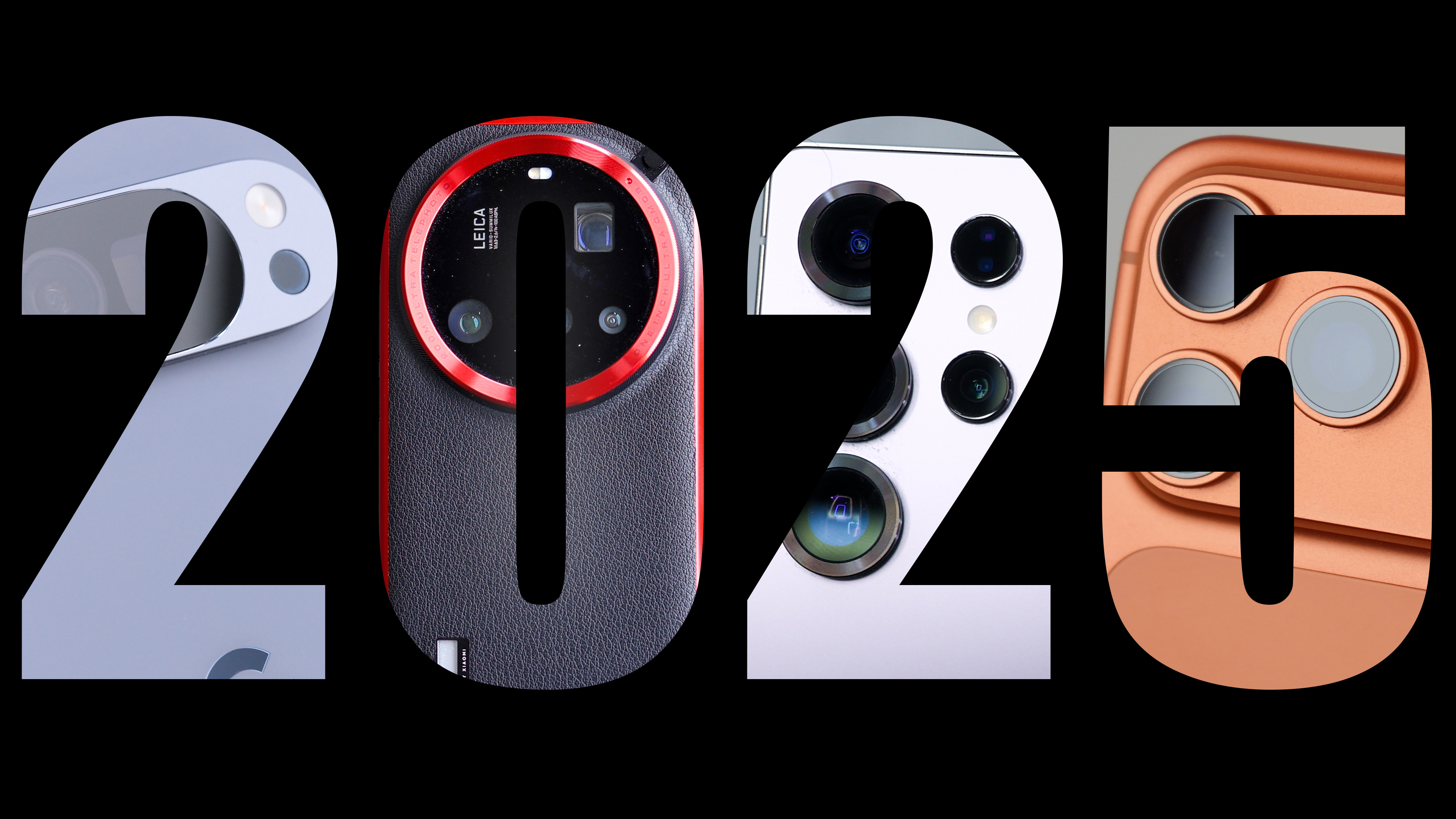Digital Camera World Verdict
The Pyro 7 is a rock-solid option for any shooter. The alloy body is rock solid, controls and screen are well designed and easy to use, and the screen is fantastic, even in daylight. If your productions need wireless transmission, then the range, latency, and options to expand make this a no-brainer, plus you can use it to record directly to an SD card and much more.
Pros
- +
Maximum of 4 product pros. As short as possible while still making sense.
- +
Excellent build quality
- +
Great shooting assist tools
- +
Multiple powering options
- +
Great range
- +
Expandable in future
Cons
- -
No hood supplied
Why you can trust Digital Camera World
There has been a real surge in new field monitors of late. No matter what your budget, there will be an option that suits your needs, from no frills basic to options with wireless transmission, and it is one of the latter that I’m looking at here.
Hollyland’s Pyro 7 is full of promise, with an extensive feature list that should cater to just about anybody. It can transmit and receive, has a full range of shooting assist tools, as well as multiple IO, different powering options, and much more.
I’ve used many field monitors over the years and have come to know what will work fairly well, but I am sometimes thrown a curveball, so it was with real interest that I spent some time with the Pyro 7 to see if it could be a contender for the top spot. Ideally, the best field monitors should be light yet robust, bright enough to use on location in the day, have suitable inputs for different camera setups, offer things like focus assist, false colour, etc, as well as the ability to handle anamorphic de-squeezing, and be riggable. You get the idea. If you’re going to spend over $500 on a field monitor, it needs to deliver, as the more budget-friendly options are now snapping at the heels of the costlier options.
Hollyland Pyro 7: Specifications
Screen | 7” 1500 nits |
Inputs | SDI, HDMI ( loop able) |
Range | Up to 400m |
Power | DC, V-mount plate or NPF plate |
Hollyland Pyro 7: Price
The Pyro 7 comes in at $549 / £509 / AU$999 for the single unit, but can be bought in bundles at around double that with transmitters, side handles, and so on at varying costs. It’s not overly expensive, but it also isn’t the cheapest option out there.
Hollyland Pyro 7: Build and handling
The first thing you notice about the Pyro is the weight and feel. It has an alloy shell, which is reassuringly solid but weighs in at only 570g. You can add the weight of batteries and antenna to that, but it’s still no chonker, bearable to carry for all-day shoots, either on camera or in the hand. Speaking of which, while you can mount directly to your camera, it has 1/4-20 mounts on both sides and the bottom, so if you would like to use this as a handheld assistant or director's monitor, you can easily add side handles, or simply pop it on a tripod.
I used the tripod method to leave my hands free for wireless focusing, and it worked a treat. This was outdoors too, which can be a worry, as displays just can’t counter the sunlight. Thankfully, the Pyro 7 has a brightness of 1500nits, making it easy to view in any light. That said, some reflections were problematic at times, and I would have liked to have seen a hood in the box. Many budget monitors ship with them, so it feels like a missed opportunity.
Returning to the weight of batteries, you have powering options here. A dual NPF plate, which is what I used, a V-mount plate, a g-mount plate, or DC in, which is threaded for locking in place.
The best camera deals, reviews, product advice, and unmissable photography news, direct to your inbox!
Although it doesn’t feel cluttered, the Pyro 7 has a good number of ports, switches, and buttons. There are SDI in and out, as well as HDMI in and out, both loopable, and a USB-C port. I couldn’t find if this was capable of powering the device or if it was just for RTMP streaming. You’ll also find an SD card slot, which is used for both loading LUTs and recording.
Physical controls are simple but useful. A sliding type power switch, which I much prefer to the press and hold style, and two programmable function buttons. Lastly, there is a 3.5mm headphone port and a pair of threaded mounting points for the antennas.
Overall build quality feels very good indeed. The SDI and antenna points are either recessed or have guards to prevent damage, all the buttons engage in a satisfying way, and even the battery plate feels rock solid, something you don’t find in other devices of this type.
Hollyland Pyro 7: Performance
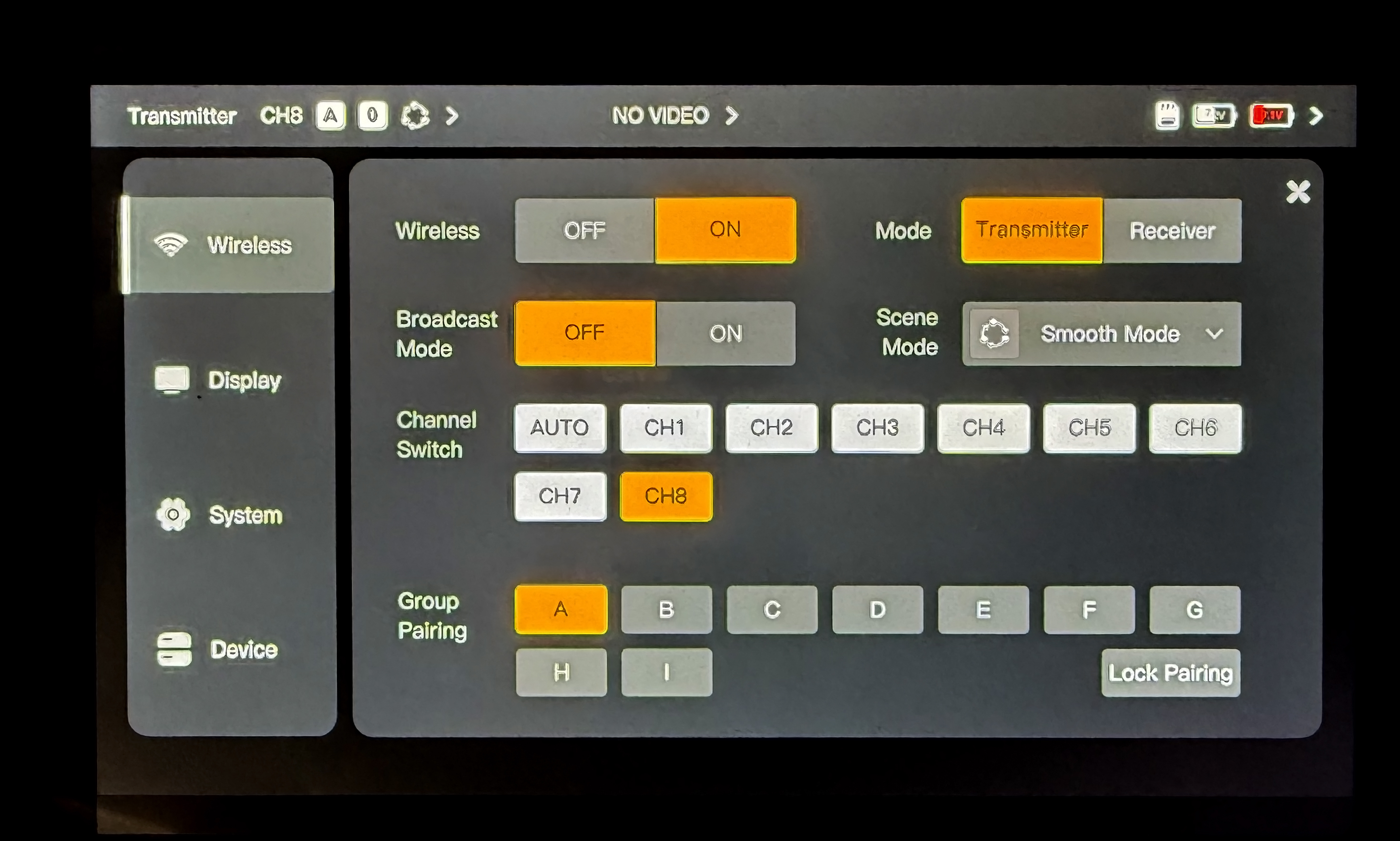
Even as a basic field monitor, the performance here is very good. The menus are clean, clear, and very responsive, which is a good thing, as this is a touch-screen only. No buttons or encoders here, which some may miss, but they do seem increasingly redundant, so it’s hard to criticise the lack too much. Icons and options are all large enough for those with bigger hands, and they’re well organised. This is important here as, unlike many monitors, there are often submenus for more detailed control. I’m a fan of this as it makes quick general changes easy, but when you want to get more granular, you can.
I mentioned before that I think the Pyro 7 should ship with a hood, and I stand by that, as they can be useful and they’re cheap to produce. That said, the screen is more than visible, even in midday sun, the 1500nits doing a good job of countering reflections and glare. A hood would still be nice, though.
The display isn’t just bright. It’s full HD, crystal clear, with good colour rendition and contrast, and has the ability for the user to load 3D LUTs, the first in a full complement of shooting aids. These cover the usual suspects, from zebras and false colour to peaking, waveforms, histogram, and even a vectorscope, something rarely seen. All of these have options to tailor to your needs and can be assigned to either of the function buttons.
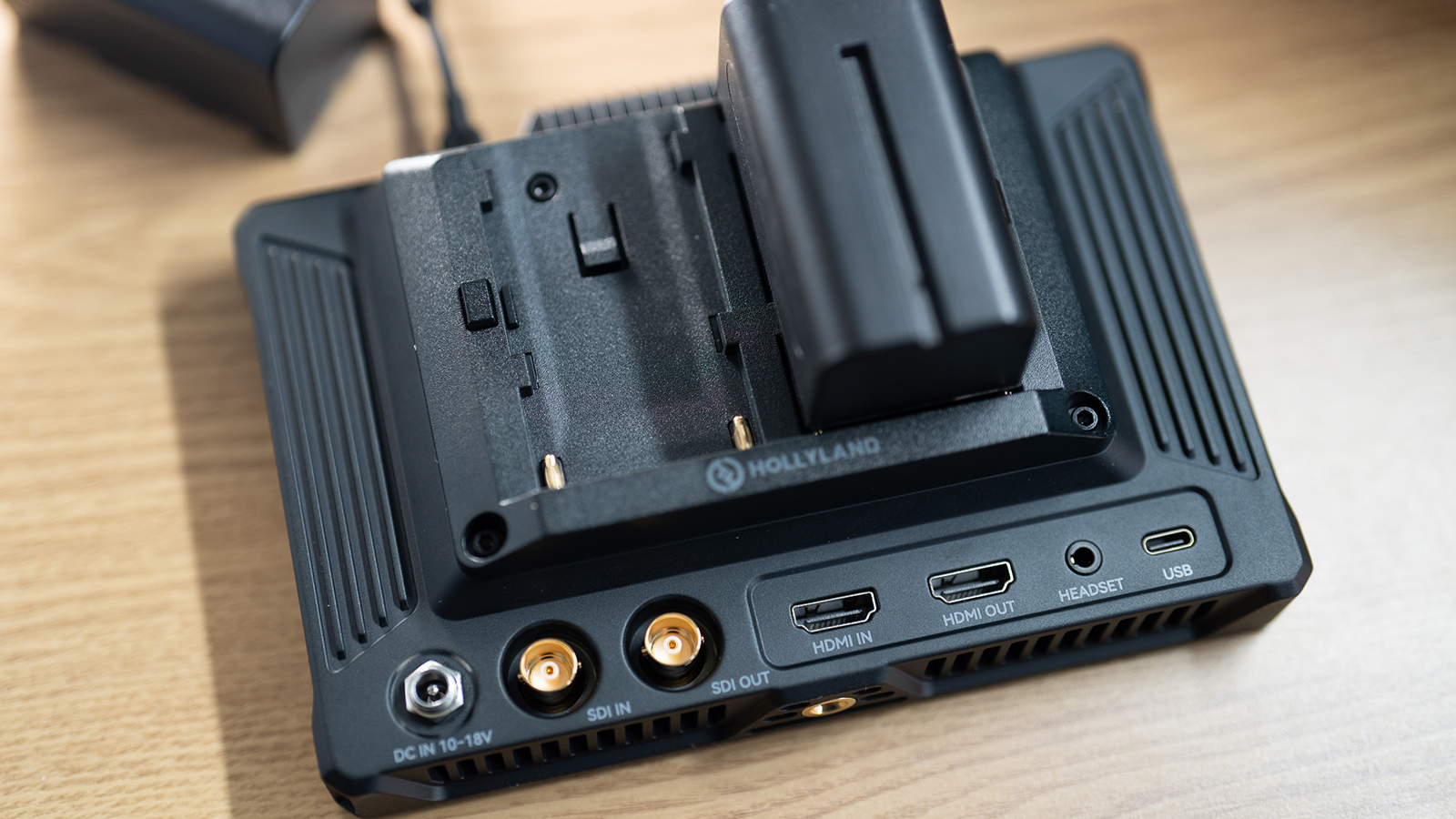
For those using anamorphic lenses, all the standard de-squeezes are supported, and you can create a custom setting. Composition aids are on board, with guides.
The display can be mirrored and flipped as well, so if you find yourself shooting in an awkward position, it’s easy to deal with.
The SD card, normally used for loading LUTs, can here be used to record to, although limited to 40 minutes of MP4, but still useful. This can also be used for taking screenshots, so if you need to reset a scene, you can overlay this over the incoming signal to ensure you get as consistent continuity as possible.
I’d suggest that these features, along with the build quality, would be reason enough to recommend the Pyro 7, but there’s so much more, as I haven't even mentioned the wireless capabilities yet.
There are plenty of wireless transmission systems out there, but I’d rate the Pyro very highly in this regard, too, and for a couple of reasons. Firstly is range. The Pyro Maxes out at 400 meters, an impressive figure, especially with a lag of around 60ms. Now, that may sound unrealistic, but it’s managed by combining a few factors, like dual bands, automatic channel hopping and the ability to choose whether you want it to run in HD mode, which gives a constant bit-rate of around 11mbps, or in smooth mode, which may drop bit rate but keeps latency to the minimum. These all work together to keep the signal strong and suited to the purpose. 60ms is plenty fast enough for most uses, so colour me impressed.
What I really like about this system is how adaptable it is. The Pyro 7 can connect to two other Pyros, as well as two mobile devices, running the Hollyland app. This means your investment is capable of expanding as your productions do. Simply add another Pyro as and when it is needed.
Although I didn’t get to test it, you also have the ability to switch incoming signals from two cameras, which could prove very useful, and, given the strengths of every other feature, I have no doubt it works well.
Hollyland Pyro 7: Verdict
For anybody needing a good quality, daylight-capable, field monitor with all the bells and whistles, the Pyro 7 is a fantastic option. It can be rigged on camera or remotely with ease, it has a comprehensive set of shooting assist tools, the menus are excellent, and it’s built like a tank. While it’s true that the package is a bit bare bones, it is still worth every penny, and that’s before you even consider its wireless abilities.
Features ★★★★★ | A very well rounded feature set that misses out nothing |
Design ★★★★★ | Although there are minimal physical controls the design is thoughtful and works perfectly |
Performance ★★★★★ | Solid performance in every regard |
Value ★★★★☆ | The box may not contain much but what you get is excellent. |
✅ Buy it...
- If you want a well specified, robust field monitor
- Solid, reliable, transmission is a must
🚫 Don't buy it...
- You rarely shoot outdoors
- Transmission isn’t needed
Alternatives
Atomos Ninja V
A mainstay of many rigs, it's solidly built, has all the tools you'd need, and performs very well, although the 5" is starting to feel dated

Rob is Editor of ImagineFX magazine and also works as creative director for his own studio, Pariah Studios, producing 3D animation, film and VFX for a variety of clients.
He started his career as a photographer, slowing adding 3D, film and visual effects and film into his toolbag, working across TV, web and print, with clients ranging from Blackmagic Design and HMV to Games Workshop and Royal Mail.
When not on at his desk he can be found building and playing guitars or out in the wilderness with his dog.
You must confirm your public display name before commenting
Please logout and then login again, you will then be prompted to enter your display name.
